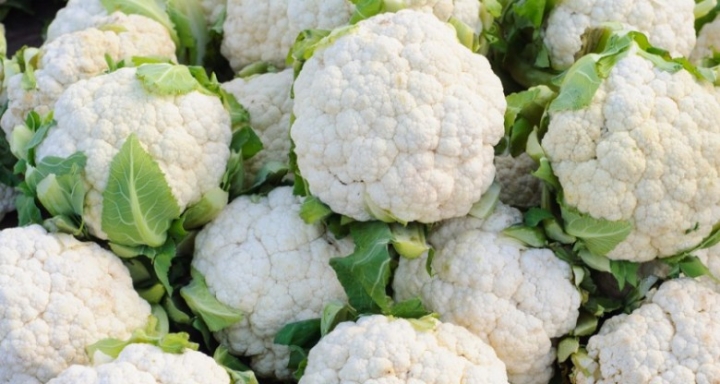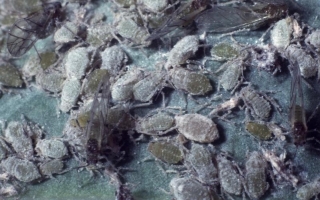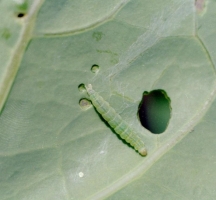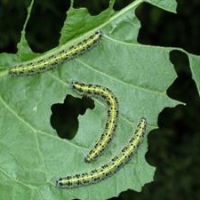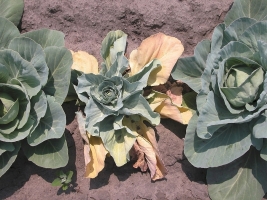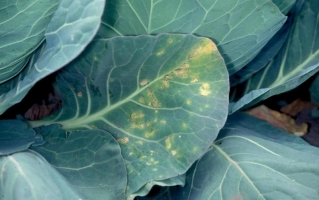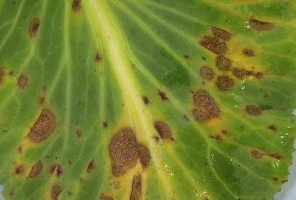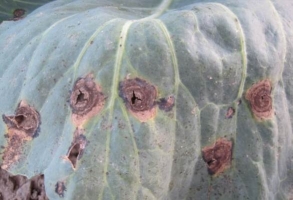Fertilizer Requirement (kg/acre)
| UREA |
SSP |
MURIATE OF POTASH |
| 110 |
155 |
40 |
Nutrient Requirement (kg/acre)
| NITROGEN |
PHOSPHORUS |
POTASH |
| 50 |
25 |
25 |
Apply well decomposed cow dung@40 tonnes per acre in soil along with Nitrogen@50 kg, Phophorus@25 kg and Potash@25 kg in form of Urea@110 kg, Single Superphosphate@155 kg and Muriate of Potash@40 kg. Apply whole quantity of cowdung, SSP and MOP and half quantity of Urea before transplanting. Apply remaining quantity of Urea four week after transplanting as top dressing.
To get better flower (Curd) set and to obtain good yield, spray Water Soluble Fertilizer (19:19:19)@5-7 gm/Ltr water during the early plant growth. 40 days after transplanting take spray of 12:61:00@4-5 gram + microneutrients@2.5 to 3 gram + Boron@1 gm per Ltr water. To improve curd quality, apply Water Soluble Fertilizer 13:00:45@8-10 gm/Ltr of water at the time of curd development.
Do soil testing and if Magnesium deficiency is observed to overcome Mg deficiency apply Magnesium sulphate@5 gm/Ltr, 30-35 days after transplantation and for Calcium deficiency apply Calcium Nitrate@5 gm/Ltr, 30-35 days after transplanting.
If Hollow and sometimes discolored stems are observed, Also curds become brown and leaves may get roll and curl it is due to Boron deficiency, apply Borax@250 gm-400 gm/acre.

